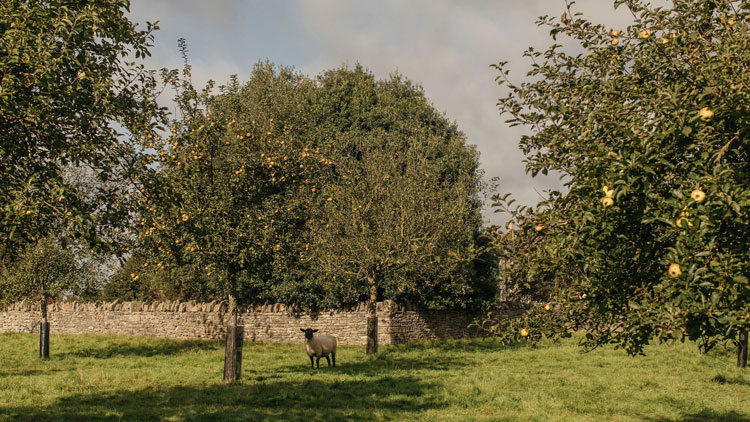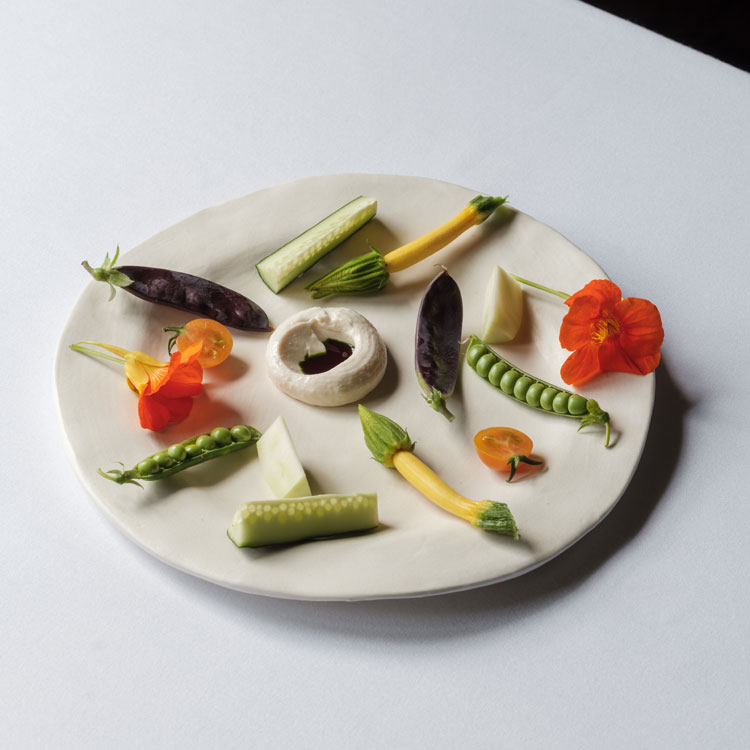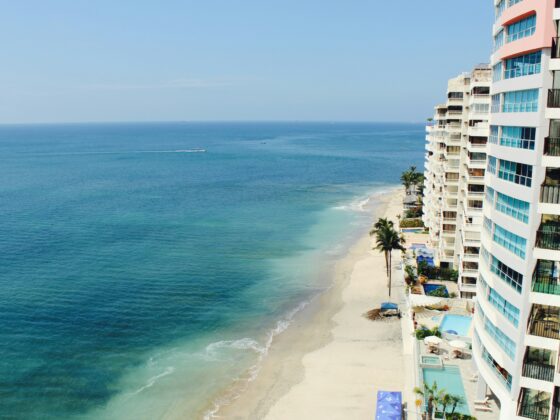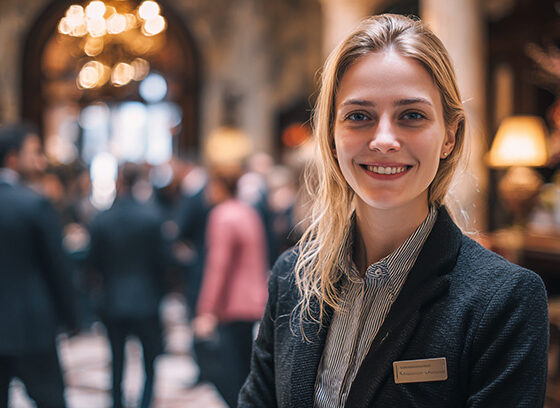That was always a tall order. But the main reason for the delay is that it didn’t work out with some of our early investors, and we had issues with funding. We were on site last year, but the project had to be paused for about six months. We got back on site in January this year and have been going full throttle ever since.
What was the solution to your funding problems?
Johnny Smith and Daniel Willis (two of the trio behind London’s The Cove Club and Luca) have helped us out. They are friends of mine and are providing backing rather than having any operational involvement. The Osip 2.0 project was also partly facilitated by a crowdfund. It was a relatively small chunk of what was needed but it really helped us out.
Osip only launched in 2019. Why move it?
Lockdown gave me time to reflect. It was my first solo restaurant project; in fact, I launched it when I was still in my 20s. We had big plans and it felt like we were outgrowing the space rapidly. And as lovely as it was being at Number One (a boutique hotel in the Somerset town of Bruton) we were tenants. It was a precarious position to be in.
The new restaurant is billed as contemporary auberge. What does that mean?
What we’re doing is partly inspired by remote, destination restaurants like Fäviken and In De Wulf (where Labron-Johnson worked). That sort of experience really resonates with me because it’s about the journey and the overall experience as much as the meal itself. The first incarnation of Osip was quite a traditional restaurant experience in that people came in, went straight to their table, got fed and left. At the new Osip, people will in general arrive well ahead of when they eat to explore the grounds, have a drink and see the kitchen. We also have four bedrooms and will add more over time.
What will it look like?
We’ve taken over a coaching inn in the countryside outside Bruton. The building was built in the 1600s but is happily not listed. The brief was to retain everything that was beautiful about the place and remove everything that wasn’t or didn’t work functional or structurally. We have also created a modernist glass extension that houses our kitchen. Essentially, the project is a juxtaposition of the old and the new. Another important theme of the design is natural light; we have installed new windows and glass doors to bring light into the space and give it an ethereal quality.
What about the grounds?
There’s a Japanese-style teahouse where guests can have a drink prior to their meal and a beautiful pine forest. While our three main growing operations (which are run by the Osip team themselves) will continue to be off site we will be growing some things on site, including herbs and four big beds of asparagus. Our approach to sourcing won’t change that much. We are already close to be being self-sufficient in terms of fruit and vegetables. Further down the line we will look at raising our own animals. But we are very lucky here. We only work with three or four local suppliers, and they are all providing us with produce that is truly world class.
Would you describe Osip as a locavore restaurant?
Yes. But we aren’t extremists. What places that will only use local produce do is inspiring and commendable but it’s really hard in winter. I won’t beat myself up about ordering lemons from Sicily in order to give my customers an amazing experience all year round.
Other than being focused on homegrown and local produce, how would you describe your cooking style?
I’ve always struggled with that question. I trained in top restaurants in France, Belgium and Switzerland cooking classic Francophone food. I still use those classic techniques to this day, but the end result is quite contemporary. But it is our approach to sourcing that defines us. We take as much care in the fields as we do in the kitchen. If you use amazing ingredients, you don’t need to manipulate them or work so hard in the kitchen. Growing our own and harvesting each morning gives our food a strong identity.
What does more space and a more experiential approach mean for Osip’s tasting menu?
The price is staying the same (£125) and so is the number of courses (around 15), but our new kitchen is state of the art and much bigger so our food will evolve. One big change is that we will be offering three or four signature dishes alongside the tasting menu that we have perfected over the years. For example, we will do a pithivier of wild game; whole fish; or squid stuffed with white truffle. These will be charged for a bit like supplements and will be designed for tables to share. At the old Osip meals took about 2.5 hours; I’m expecting them to take a little longer at the new Osip but I’m also aware that not everyone likes to sit in a restaurant for three hours plus. We are also developing an amazing breakfast. It’s the last thing the guest experiences so getting it right is very important.
When will it open?
We’re hoping for later this month. The original Osip closed on 30 June. It’s always been the plan for the gap between the old Osip closing and the new Osip opening to be as small as possible to keep the business operating and allow me to hang on to my team.
What are your hopes for it?
We’re stepping things up a lot. I am an incredibly ambitious person, and my team is young and very hungry. They have the potential to do incredible things. The original Osip was getting traction on a national level (it holds a Michelin star and features on Restaurant’s list of the Top 100 places to eat in the UK). I hope that Osip continues on that trajectory and also becomes an internationally recognised place that people from all over the world come and visit.










